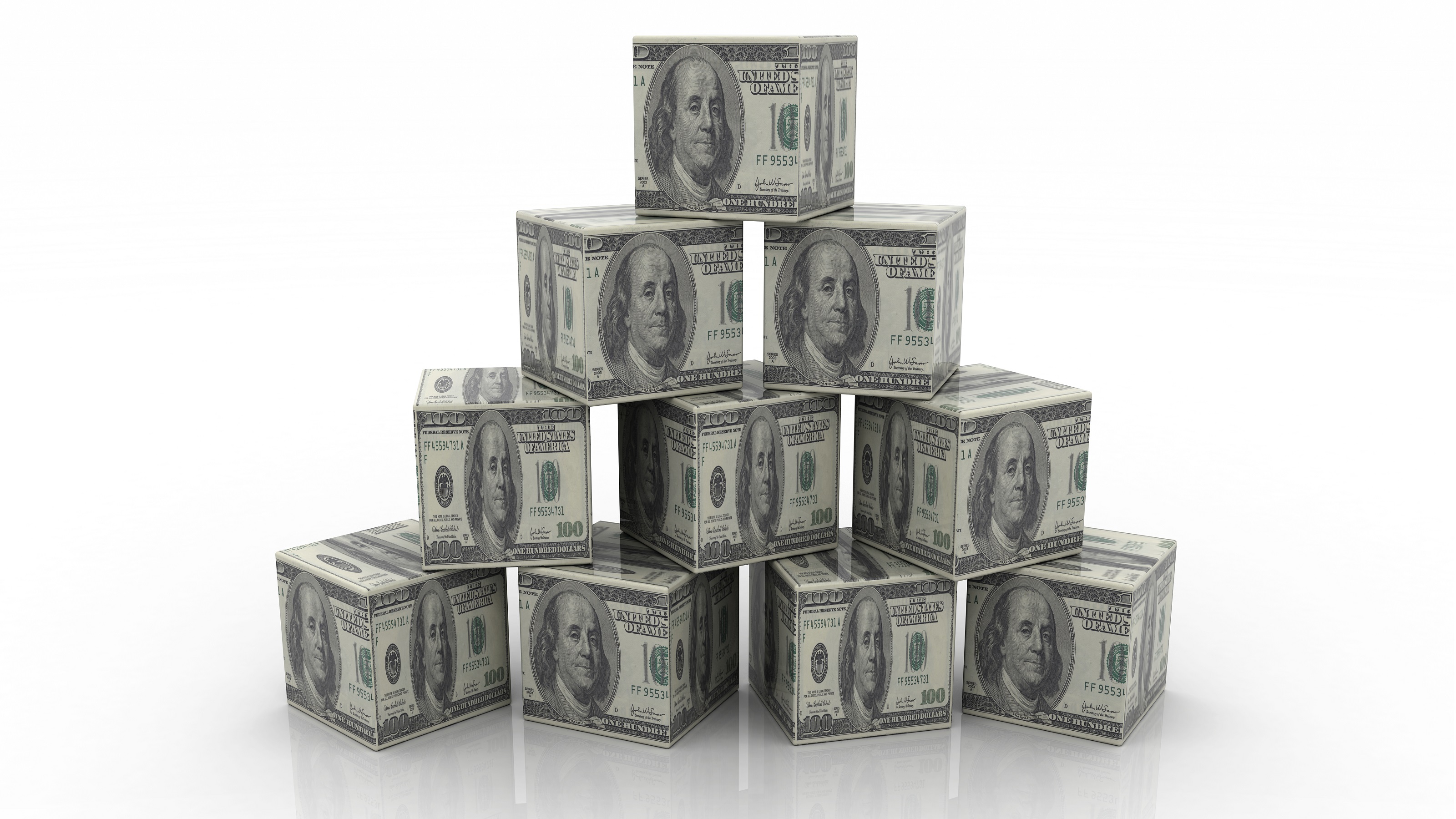
The impossible trinity in international economics explains the challenges countries face when attempting to achieve three key objectives for economic stability.
The first objective is a fixed exchange rate, which means keeping the domestic currency pegged to another currency, such as the U.S. dollar, or a basket of currencies. The second objective is free capital movement, allowing financial capital to flow freely across borders without restrictions. The third objective is to maintain independent monetary policy, retaining control over domestic interest rates and other monetary tools to influence the national economy.
The essence of the impossible trinity is that a country can successfully achieve only two of these goals at any one time.
Why countries can’t achieve all three goals at once
Striving to achieve all three results in economic instability and unsustainable policies. For instance, if a country maintains a fixed exchange rate and allows free capital movement, it cannot have an independent monetary policy because the need to defend the exchange rate requires aligning domestic interest rates with those of the currency it is pegged to. This alignment reduces the country’s ability to address its own economic needs.
Similarly, a country that maintains both a fixed exchange rate and an independent monetary policy must restrict capital movement to avoid destabilizing the exchange rate. Alternatively, if a country opts for free capital movement and an independent monetary policy, it cannot maintain a fixed exchange rate, as capital flows will cause fluctuations in the currency’s value.
Kiplinger Advisor Collective is the premier criteria-based professional organization for personal finance advisors, managers, and executives. Learn more >
Examples from the past and today
The Bretton Woods era (1944–1971) is a classic example of the impossible trinity. During this period, 44 allied nations maintained fixed exchange rates by pegging their currencies to the U.S. dollar, which was convertible to gold. However, to maintain these fixed rates and independent monetary policies, capital flows were heavily controlled. As different economies expanded at different rates over time, upholding fixed exchange rates became increasingly challenging. Countries with consistent trade surpluses amassed substantial dollar reserves, while deficit countries experienced mounting pressure on their currencies. Maintaining fixed exchange rates became increasingly difficult, leading to the collapse of the system when the U.S. suspended the dollar’s convertibility into gold in 1971.
Another significant example is the European Exchange Rate Mechanism crisis in 1992. The ERM was designed in 1979 to minimize exchange rate fluctuations in Europe, paving the way for the eventual adoption of a single currency, the euro. Member states agreed to keep their currencies within a set range relative to the European Currency Unit.
During the early 1990s, Germany was battling rising inflation and implemented a high interest rate policy to combat it. Conversely, the U.K. was in a recession and eventually needed to lower interest rates to boost its economy. However, the U.K.’s obligation to maintain the fixed exchange rate with the Deutsche Mark necessitated matching that of Germany. Speculators began betting against the pound, leading to substantial capital outflows.
On Sept. 16, 1992, a day known as Black Wednesday, the U.K. government exited the ERM and allowed the pound to float freely. This decision enabled the U.K. to continue permitting free capital movement while regaining control over its monetary policy, allowing for interest rate adjustments that better suited domestic economic conditions.
Today, the United States operates with free capital movement and an independent monetary policy, allowing its exchange rate to fluctuate. In contrast, eurozone countries share a common currency, eliminating exchange rate uncertainty and allowing free capital movement but sacrificing individual monetary policy control to the European Central Bank.
China manages its currency within a controlled range and maintains an independent monetary policy but imposes capital controls to avoid destabilizing capital flows. Hong Kong, on the other hand, pegs its currency to the U.S. dollar and allows free capital movement, but this limits its monetary policy independence, as it must align with U.S. interest rates.
Explaining why countries make the trade-offs they do
Emerging markets often face difficult choices, as they need to attract foreign investment through free capital movement while maintaining monetary policy autonomy, often leading to volatile exchange rates and economic instability. Additionally, the rise of cryptocurrencies and central bank digital currencies introduces new challenges to the framework, influencing capital flows, exchange rate stability and monetary policy effectiveness.
The impossible trinity remains a critical framework for understanding the trade-offs countries must make in today’s interconnected global economy. As nations navigate globalization, financial integration and economic interdependence, the principles of the impossible trinity continue to guide their economic strategies and responses to global challenges.







